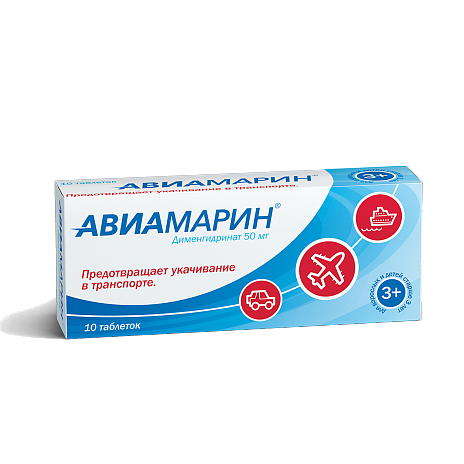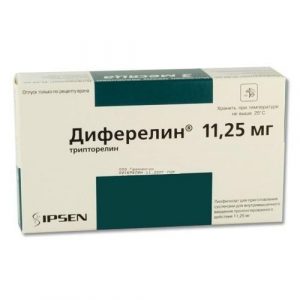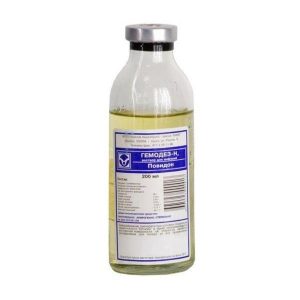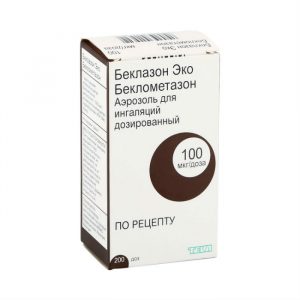Description
Release form
Tablets.
Packing
10 pcs.
Pharmacological action
Blocks histamine H1 receptors and m-cholinergic receptors of the central nervous system.
Inhibits the vestibular apparatus of the inner ear, acting primarily on otoliths, in high doses – on semicircular canals.
The main effect of dimenhydrinate is realized due to the blockade of m-cholinergic receptors.
Has an antiemetic, sedative effect, eliminates dizziness.
Contraindications
Hypersensitivity to dimenhydrinate or other components of the drug, children under 6 years of age, period of breastfeeding.
Use during pregnancy and lactation
The use of the drug during pregnancy is possible only if the expected benefit to the mother outweighs the potential risk to the fetus.
The use of the drug during breastfeeding is contraindicated. If it is necessary to use the drug, breast-feeding should be discontinued.
Composition
1 tablet contains:
active substance:
dimenhydrinate 50.0 mg
excipients:
microcrystalline cellulose 40.0 mg,
povidone 4.0 mg,
crospovidone 10.0 mg,
mannitol 90.0 mg,
silicon dioxide colloidal (aerosil) 4.0 mg,
magnesium stearate 2.0 mg.
Dosage and Administration
Inside, before meals. For the prevention of motion sickness, the first dose should be taken 30-60 minutes before the start of movement.
Children aged 6-12 years: 1 / 2-1 tablet (25-50 mg) every 6-8 hours, but not more than 3 tablets (150 mg) within 24 hours.
Adults and children 12 years of age and older: 1-2 tablets (50-100 mg) every 4-6 hours, but not more than 8 tablets (400 mg) within 24 hours.
Side effects
The frequency of adverse reactions is presented as follows: very often (? 1/10 cases), often (? 1/100
from the central nervous system: very often – dizziness, drowsiness, impaired attention often – general weakness , fatigue, anxiety, nervousness rarely – headache, insomnia.
From the sensory organs: often a weakening of night and color vision, blurred vision, impaired accommodation.
From the digestive system: often – dry mouth, nausea, vomiting is very rare – loss of appetite.
From the respiratory system: infrequently – dryness of the mucous membrane of the nose and throat, thickening of the bronchial secretion.
From the cardiovascular system: rarely – lowering blood pressure, tachycardia.
Allergic reactions: rarely a skin rash, drug dermatitis is very rare – angioedema, bronchospasm.
From the urinary system: rarely – difficulty urinating.
Other: rarely hemolytic anemia.
If any of the adverse reactions listed in the instructions are exacerbated, or you notice any other adverse events not listed in the instructions, inform your doctor.
Drug interaction
Dimenhydrinate, tricyclic antioxidative, antidepressant, antiderivative, antidelic drugs
Dimenhydrinate weakens the effect of corticosteroids, anticoagulants.
Dimenhydrinate lowers response to apomorphine.
Dimenhydrinate reduces the depressive effect of acetylcholine on the heart muscle.
The simultaneous administration of dimenhydrinate with bismuth preparations, scopolamine, painkillers and psychotropic drugs increases the likelihood of visual impairment.
The simultaneous use of the drug with ototoxic antibiotics (streptomycin, neomycin, viomycin, amikacin, kanamycin) is not recommended, since dimenhydrinate can mask the symptoms of ototoxicity and contribute to the development of irreversible hearing impairment.
Overdose
Symptoms: dry mouth, nose and throat, facial flushing, slow and difficult breathing, confusion, in children – cramps, hallucinations.
If you experience these symptoms, you should immediately consult a doctor.
Treatment: gastric lavage with a suspension of activated charcoal (20-30 g), saline laxative (10-15 g sodium sulfate), symptomatic therapy, with convulsions in children – phenobarbital (5-6 mg / kg), diazepam.
Active ingredient
Dimenhydrinate
dosage form
tablets
Indications
Morskaya disease, disease Meniere




